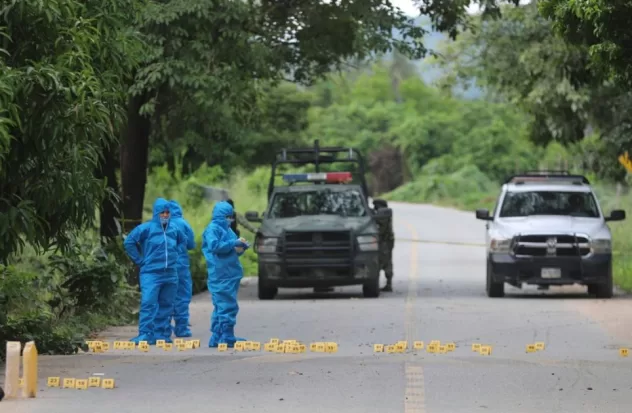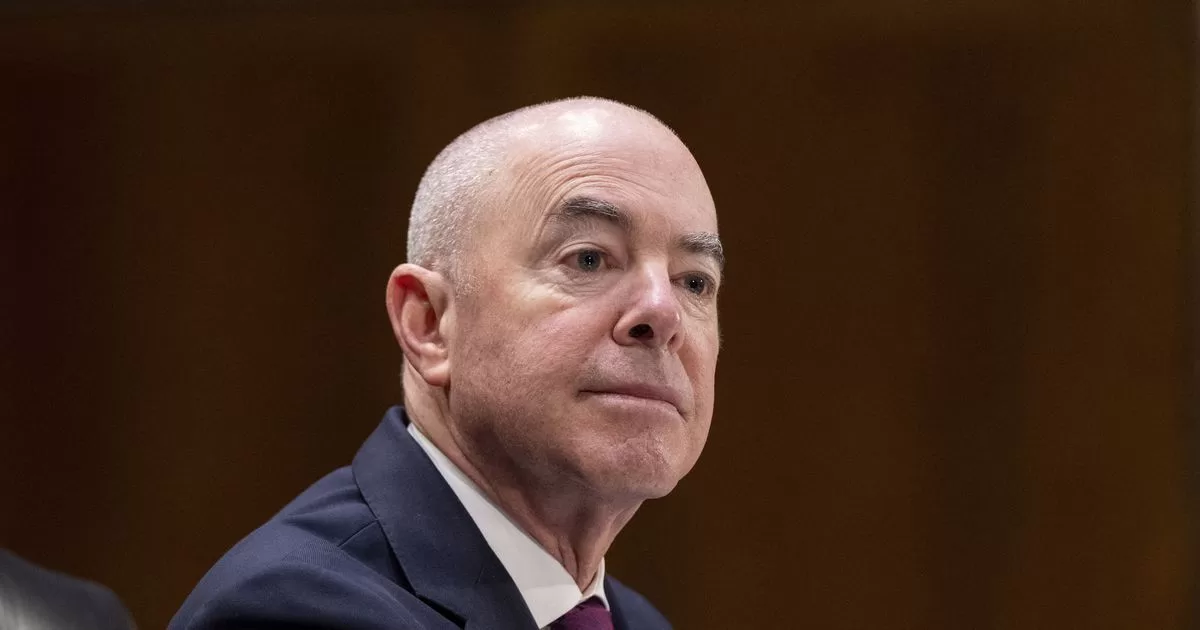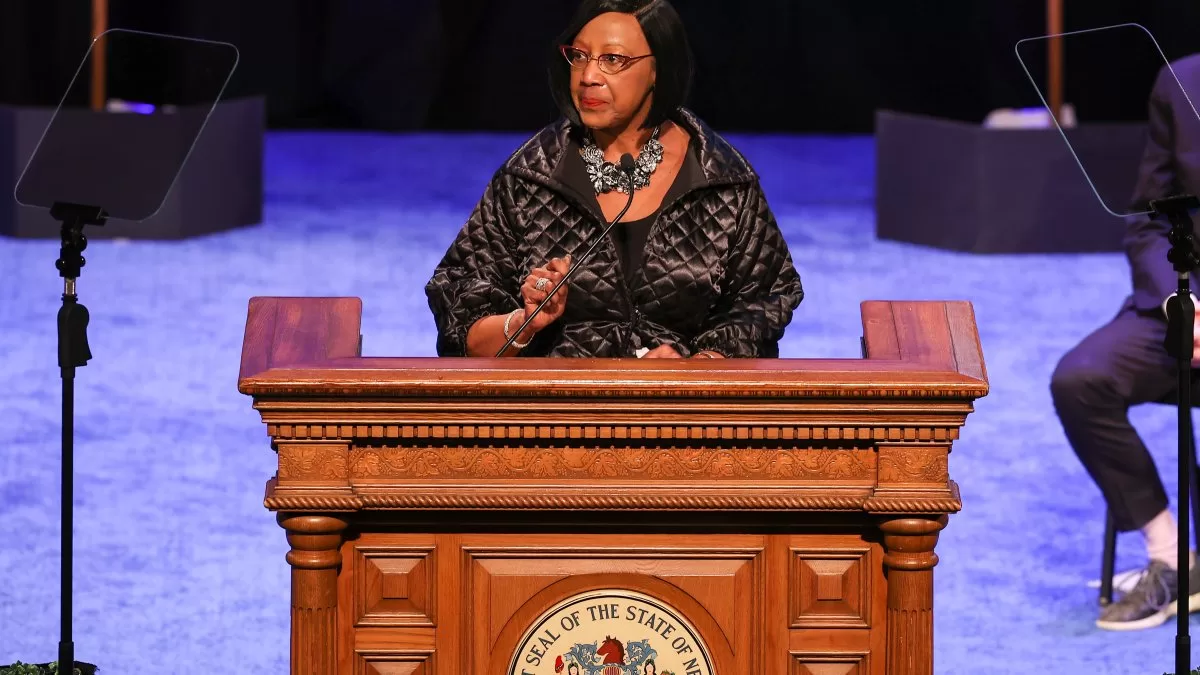MEXICO CITY.- Threatened with seeing their children recruited as hitmen or sexual slaves, escaping the tyranny of a cartel or the outbursts of a boss, Thousands of Mexicans seek refuge in the United States.
Behind the political and economic stability that the outgoing President Andrés Manuel López Obradorhides the reality of thousands of people cornered by violence who become internally displaced people and, with luck, asylum seekers.
A third of migrant interceptions on the US southern border in 2023 corresponded to Mexicans: 740,166 out of a total of 2.4 million, surpassing Venezuelans, Guatemalans or Hondurans, according to the International Organization for Migration (IOM).
“All the people in the town, they all run away for the same reason: they kidnap their sons and daughters for money,” says Juan, 37, who left the state of Guerrero (southern) and has lived in a shelter since April. from the border city Tijuana (north).
He is accompanied by countrymen from Guerrero and Michoacán, the two regions that expel the most people due to violence. Some tremble as they remember their experiences before arriving at these shelters whose demographics changed.
From being filled with migrants from Central and South America in 2018, now between 70% and 85% of its guests are Mexicans, a growing trend since 2022, said managers of two of these centers.
The situation reflects the great commitment of López Obrador, who, despite reducing poverty, failed to contain the cartels. It also shows one of the challenges of the new president who will be elected on June 2.
For the family
Juan hides his real name because he fears being located by Los Tlacos, the cartel that kidnapped him to take him to “Mr. 21”, the local leader.
“He told me that (…) if I didn’t work with him he was going to take my children,” a 13-year-old boy and two girls, 14 and 17 years old. He was going to “train” the boy and “wanted them for himself.”
Then he must have served as a cook and even filmed massacres. “Since they killed all the people, they piled them up, burned them and asked me to record it to send to the Family (Michoacana, rival cartel),” he recalls.
Some videos are still on this father’s phone, who speaks softly without being able to hold back his tears.
After 15 days as a hostage, he took advantage of a permit to flee with what he was wearing along with his grandmother, wife and children.
“It has to be mine”
Elena’s eldest daughter is a teenager with a sweet face and black hair. “A mafia boy liked her,” says her mother.
“At a party he looked at her and said: she has to be mine (…) They were going to go get her to my house and then I left first,” says Elena, 39, gathering courage because since she fled the past April 30 with her mother and another six-year-old daughter, she fears they are being persecuted.
He never alerted the authorities of Acapetlahuaya (Guerrero), as he assures that “they are bought” by criminals and reporting them would be a death sentence.
Instead, she returned to an idea that she thought had been discarded: return to the United States, where her daughters were born and she lived undocumented until 2018, when she was deported.
“I want the government to give me that asylum to be safe,” says Elena, a pseudonym to protect her identity.
Enslaved
In Iguala, about 100 kilometers east of Acapetlahuaya, life was not peaceful for 18-year-old Pedro either. “The people were fighting the cartels (…) it was almost every day that they left dead people in the street,” he said.
A bricklayer’s apprentice, he was walking with a friend when gunmen in vans “picked them up.” He was hit with a board on the head and feet and threatened with a machete, after which part of twenty young people enslaved to work “drug plots” were discovered.
“They tied us up so we wouldn’t escape (…) All night until we went to work,” he remembers, with his wrists still sore.
After six months, he evaded surveillance and ran for almost four days through the mountains to Iguala.
He arrived in Tijuana a month ago and is seeking asylum in the United States to meet relatives who live in Florida. “(I want) to leave this country because I’m afraid,” she says.
Some 40 million people of Mexican origin live in the United States, a migration phenomenon of more than a century marked by economic reasons.
The flow of people displaced by violence has increased since 2022, according to José María García, administrator of the Juventud 2000 shelter.
“All the shelters in Tijuana were filled with that community,” most of whom seek protection in the United States, García says. “Many of them no longer have anything to return to,” she adds.
Source: With information from AFP




